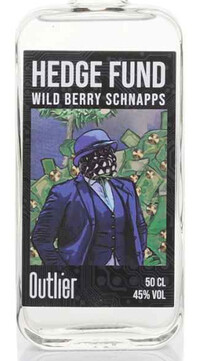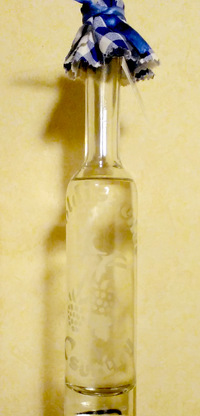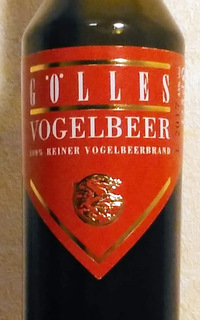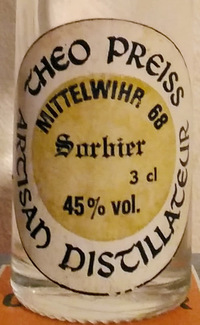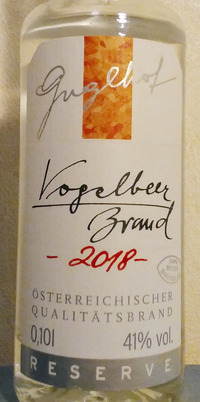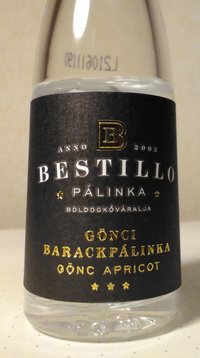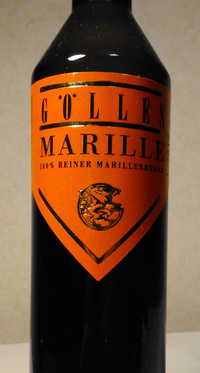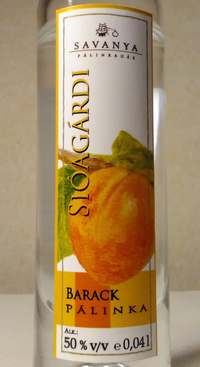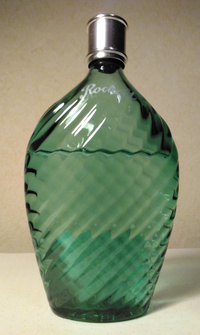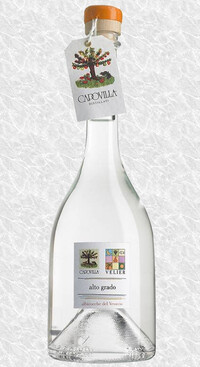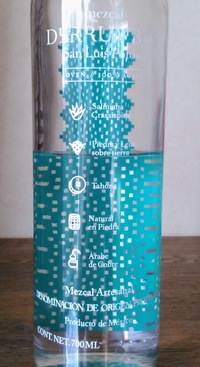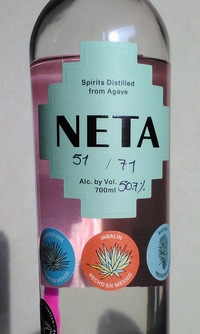Mirabelle Miracle
September 29, 2023
The season is now over, but having spent some time in France during its height, we've had our share of mirabelle this year. Now let's have a few in the glass, semi-blind.
Nusbaumer (Alsace, France) – Mirabelle, 'Cuvée des Mariés', bott. 1997, 45%
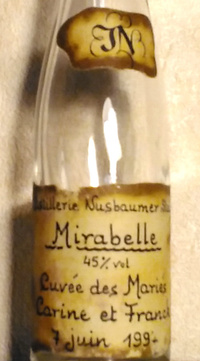
An old wedding miniature from 1997. Belated congratulations to Carine and Franck as we tuck into this one...
Nose Slightly bready, musty, peach yoghurt, a few underripe crunchy mirabelles. Volume is a bit low here, but nice enough. Water is not beneficial.
Palate Good arrival, much more floral here (toward washing powder?), and again some yoghurt. Those crunchy mirabelles come out on the midpalate and into the finish. Again, water not doing much.
Comments Fine, but nothing too exciting. Little bit washed out, and I don't love the washing powder florality. Maybe not stored in the best conditions (light?).
Price Unknown
Score?4/10
Nusbaumer (Alsace, France) – Mirabelle, c. 2022, 45%
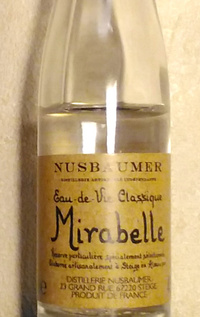
The label has been modernized, but retains some characteristics of the old. Proof remains the same, how do the contents fare?
Nose This one is now rather floral, with violets predominating. There is also a layer of fruit, perhaps more towards mirabelle jam, perhaps even pie. Interesting mixture, I like it. Water doesn't do much here.
Palate More brutish here, quite a hot hit of underripe mirabelle and white pepper. The finish is medium, with the violets coming in slightly. Water does tame things, allowing the fruit to shine more, but does not add much.
Comments The palate lets things down a bit. I find it too hot without water, but a solid dram all round.
Price around €40 per 70cl.
Score?5/10
Rochelt (Tyrol, Austria) – Mirabelle, L. 210/21, 50%
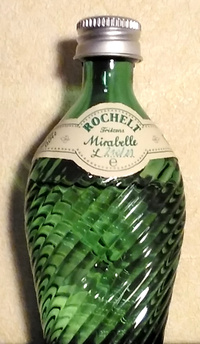
Going by the bottling date of 2021, this should be the 2008, aged 13 years in glass.
Nose Far more expressive than [the Nusbaumers]. Reminding me of Gölles' Kriecherl a bit, with rather vibrant, slightly musky plums and a tiny touch of rubber. This is very good, there is a streak of acid and an impression of tannic skins, but also ripe fruit and fine perfume.
Palate The delivery here is excellent, lush and full with just enough grip. Very big, with a voluble fruitiness: underripe and ripe mirabelles, skin, stone. Hints of petrol, iodine, petrichor, pencil eraser. Good texture throughout, very oily and mouthcoating. The finish is long, very mineralic, with more fruit stones.
Comments The easy standout here, and I prefer it without water. The price, of course, is sky high.
Price around €250 per 70cl.
Score?8/10
